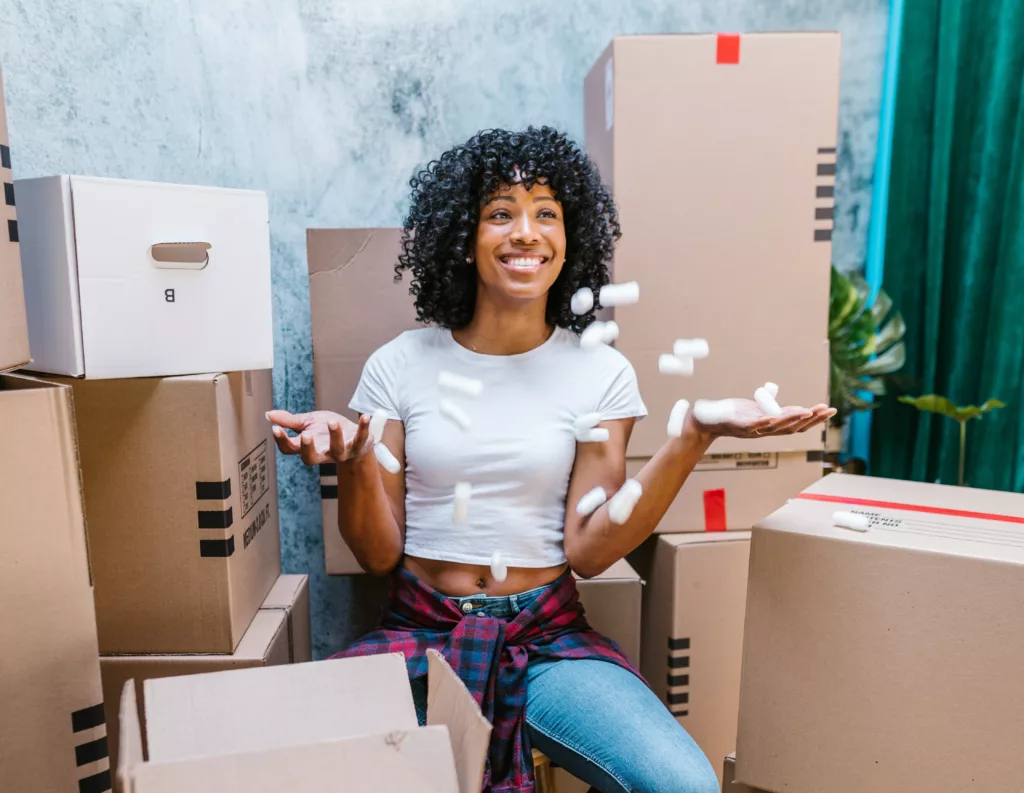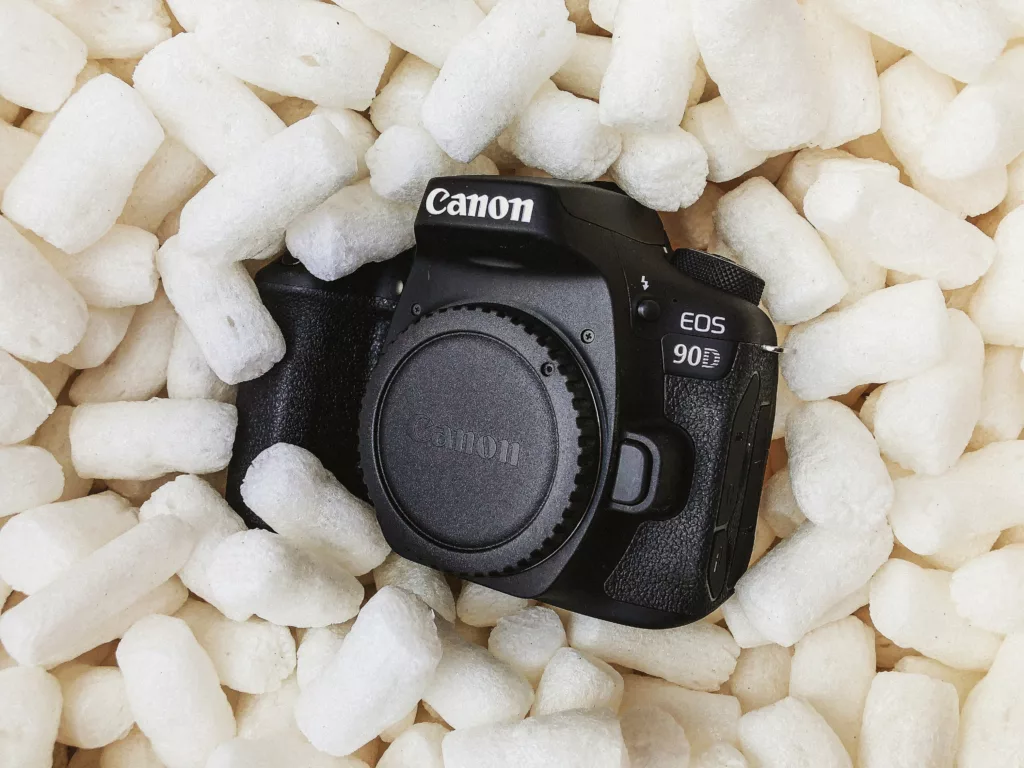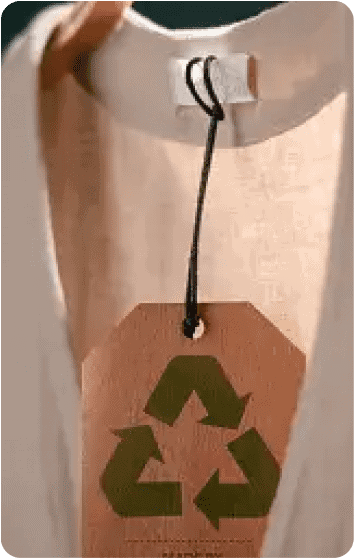Styrofoam, a common name for expanded polystyrene foam, has become a ubiquitous presence in our daily lives. From coffee cups to packaging materials, its lightweight and insulating properties have made it a favorite for manufacturers and consumers alike. However, its environmental impact is a growing concern. This guide aims to shed light on the history, environmental implications, and sustainable alternatives to Styrofoam, empowering readers to make informed choices. Additionally, we’ll also show you how to recycle Styrofoam.
Styrofoam, often mistaken as a generic term for foam products, is actually a trademarked brand name for a specific type of expanded polystyrene foam (EPS). This unique material is derived from styrene monomers, which are organic compounds used in the production of various plastics and resins.

The Historical Background of Styrofoam
The journey of Styrofoam began in 1839 when Eduard Simon, a German apothecary, stumbled upon polystyrene while experimenting with natural resins. Initially, he didn’t realize the potential of his discovery, and it took several decades for scientists to understand and harness the properties of polystyrene for commercial applications.
Styrofoam’s Manufacturing Process
The creation of Styrofoam involves a fascinating process. It begins with tiny polystyrene beads. These beads are subjected to heat, causing them to expand significantly. Once expanded, the beads are placed into molds of various shapes and sizes, depending on the desired end product. The heat application continues, causing the beads to fuse together, forming a solid structure. This process results in a material that is not only lightweight but also has excellent insulating properties.

Characteristics and Uses of Styrofoam
Styrofoam is renowned for its buoyancy, thermal insulation, and shock-absorbing qualities. Due to these properties, it has found applications in various industries. For instance, it’s commonly used in packaging to protect fragile items during shipping. Additionally, its insulating properties make it a popular choice for use in building and construction, especially for insulation boards. Styrofoam is also used in craft projects, disposable food containers, and even in floating devices.
The Challenges of Recycling Styrofoam
Composition and Structure: Styrofoam is composed of 95% air, making it lightweight but bulky. This bulkiness means that transporting it to recycling facilities can be cost-prohibitive due to the space it occupies relative to its value.
Contamination Issues: Styrofoam items, especially food containers, often have remnants of food, oils, or other contaminants. These contaminants can hinder the process to recycle Styrofoam and reduce the quality of the recycled product.
Limited Recycling Infrastructure: Unlike more commonly recycled materials like paper or aluminum, there are fewer facilities equipped to handle Styrofoam recycling. This is due to the specialized equipment and processes required to recycle EPS effectively.

A Step-by-Step Guide on How to Recycle Styrofoam
Clean the Styrofoam: Before recycling, ensure that all Styrofoam items are free from food particles, liquids, and other contaminants. Wash them with mild soap and water, and let them dry completely.
Separate from Other Recyclables: To recycle Styrofoam, separate it from other recyclables like paper, plastic, and glass. This ensures that it doesn’t contaminate other recycling streams.
Locate a Specialized Styrofoam Recycling Facility: Not all recycling centers accept Styrofoam. Use online directories or local environmental agencies to find a facility that specializes in EPS recycling so you can recycle Styrofoam the right way.
Drop Off or Arrange for Pick-Up: Once you’ve located a facility, you can either drop off the Styrofoam yourself or, in some cases, arrange for a pick-up service, especially if you have a large volume.

Programs to Help You Recycle Styrofoam
While recycling Styrofoam presents its challenges, with a bit of effort and awareness, it’s possible to ensure that this material doesn’t end up in landfills, but instead is given a new life through recycling. These programs can help you recycle Styrofoam.
Earth911: This organization offers a comprehensive directory to help individuals and businesses locate nearby Styrofoam recycling facilities. Their platform provides details on the types of Styrofoam accepted, operating hours, and contact information.
Local Initiatives: Many municipalities and local environmental groups periodically organize Styrofoam collection drives. Stay informed by subscribing to local newsletters or joining community environmental groups.

DIY Reuse and Upcycling Ideas
Styrofoam can be repurposed for craft projects, insulation, or as seedling starters in gardening. Instead of discarding this problematic material, you can recycle Styrofoam into functional and artistic treasures.
Recycle Styrofoam packaging into insulating planters, providing your garden with a unique touch while minimizing waste. Craft eye-catching wall art by carving and painting Styrofoam sheets, showcasing your artistic flair while giving a second life to a material that would otherwise linger in landfills. You can also recycle Styrofoam to elevate your decor by crafting lightweight 3D sculptures for an environmentally conscious home.
Brands With Sustainable Styrofoam Alternatives
Many brands are pioneering sustainable alternatives to Styrofoam. For instance, companies like Ecovative Design use mushroom-based materials as biodegradable packaging solutions. They also offer products like MycoFoam, which is compostable and reduces carbon emissions. Additionally, NaturePack by TemperPack offers insulated packaging made from plant-based materials, ensuring that perishable goods stay fresh while minimizing the impact on the planet.
These brands, among others, exemplify the innovative spirit driving the shift towards sustainable alternatives, inspiring others to follow suit in the quest for a more eco-conscious future. It’s easier to choose a sustainable alternative than to recycle Styrofoam.

The Environmental Impact of Styrofoam
Styrofoam, being non-biodegradable, can persist in the environment for hundreds to thousands of years. Its lightweight nature means it often becomes litter, polluting landscapes and waterways, and posing threats to marine life when ingested. It takes over 500 years to degrade, during which it can leach harmful chemicals into the environment.
The production of Styrofoam releases significant amounts of carbon dioxide, contributing to global warming. Additionally, the extraction and processing of styrene, a petrochemical, further exacerbate its carbon footprint.

The Pros and Cons of Styrofoam
Styrofoam offers efficient insulation, lightness, affordability, and shock absorption benefits, making it popular for packaging and construction. However, its cons are significant: it’s non-biodegradable and contributes to long-lasting landfill waste, it’s made from non-renewable fossil fuels, poses potential health risks, and its litter harms wildlife and marine ecosystems through microplastic pollution.
The Impact of Choosing Sustainable Alternatives
With the environmental challenges posed by Styrofoam, seeking alternatives is crucial. Sustainable options reduce pollution and promote eco-friendly consumer behavior. Opting for sustainable packaging not only reduces environmental harm but also supports ethical businesses and promotes a circular economy.
The market is gradually shifting towards biodegradable, recyclable, and reusable packaging solutions, driven by consumer demand and environmental awareness.

Conclusion
As consumers, our choices have power. By understanding the implications of Styrofoam and supporting sustainable alternatives, we can drive change. If we find ourselves with this material on our hands, we’ll now know how to recycle Styrofoam better.
Let’s champion recycling, support eco-friendly brands, and make conscious decisions for a greener future. Start today and shop for great sustainable alternatives from our eco-friendly store!








